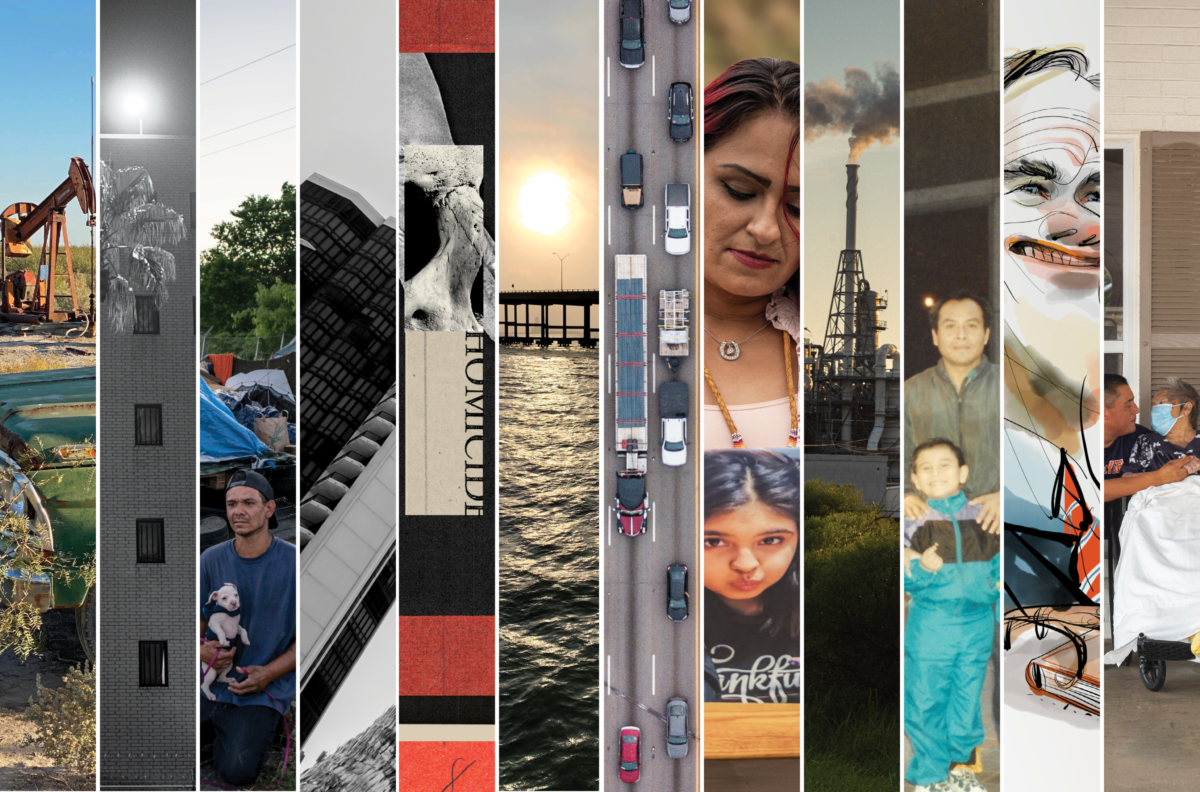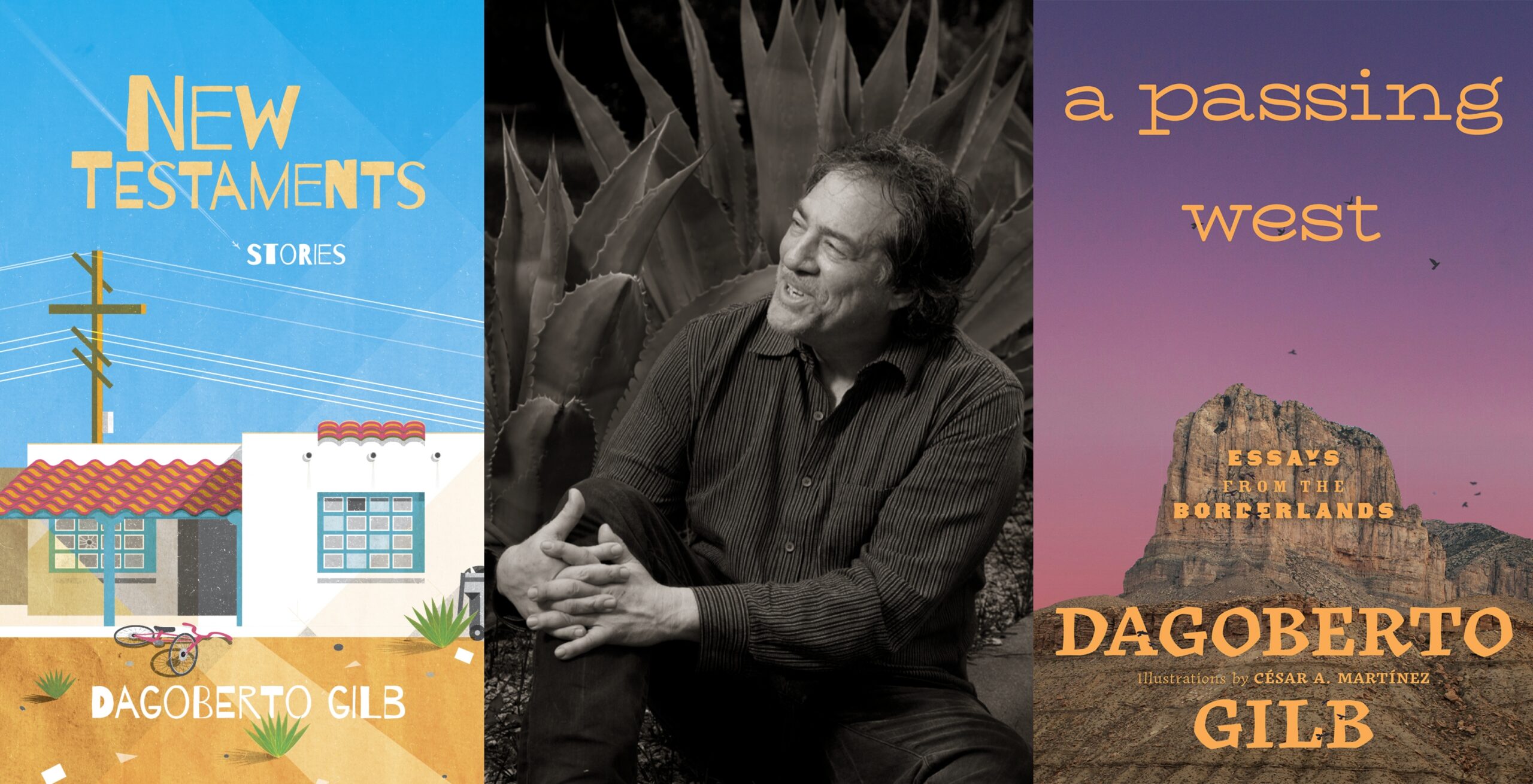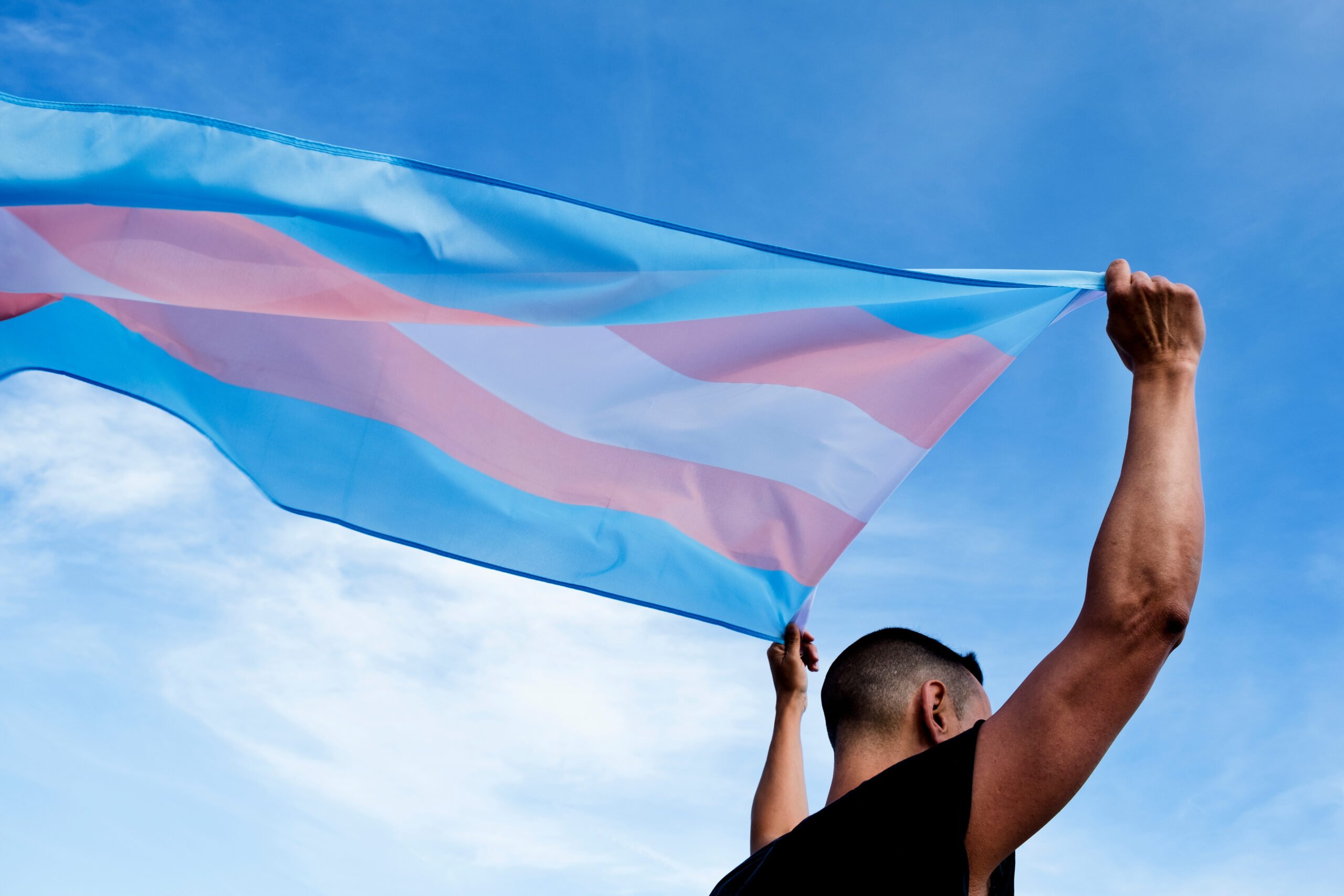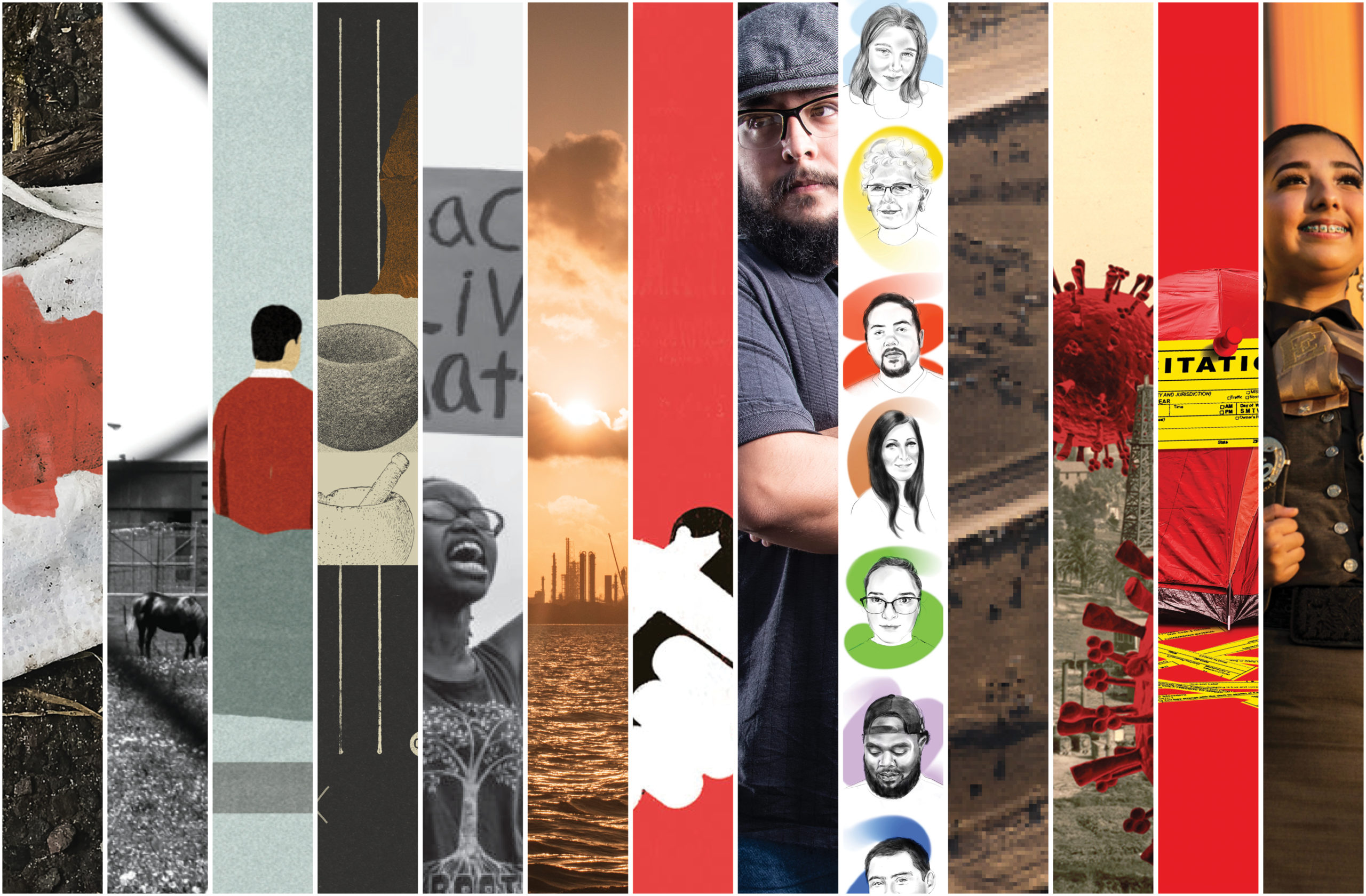In a challenging and devastating year like 2021, it helps to reflect on what went right. With misinformation rampant and the stakes so high, it’s a critical time for the kind of journalism the Observer does best: deeply reported features, big investigations, vivid narrative storytelling. Despite everything this year, the stories that follow represent some of our favorites published by the Observer. They uncover secrets and corruption, hold those in power accountable, center the experiences of real people, warn of problems to come, and are just good reads.
This investigation, co-published with Grist, shows the power of collaborations at their best. Christopher Collins teamed up with Grist reporters Naveena Sadasivam (a former Observer staff writer) and Clayton Aldern to produce this deep look at the tremendous environmental, health, and financial harms of abandoned oil wells in the Permian Basin, which spans Texas and New Mexico. As oil prices plummet and oil and gas companies halt production and abandon wells, landowners are largely left to deal with the damage. The reporters found there are about 7,000 “zombie oil wells” in the region currently; through statistical modeling, they identified another 13,000 that are likely to be abandoned in the next several years, at a cleanup cost of about $1 billion to be paid by the states–and therefore their taxpayers. These eye-opening numbers are complemented with rich scenes from oil country, where ranchers and farmers who tend and live on land dotted with abandoned wells remain largely powerless over the hazards that lurk beneath the surface. –Sophie Novack
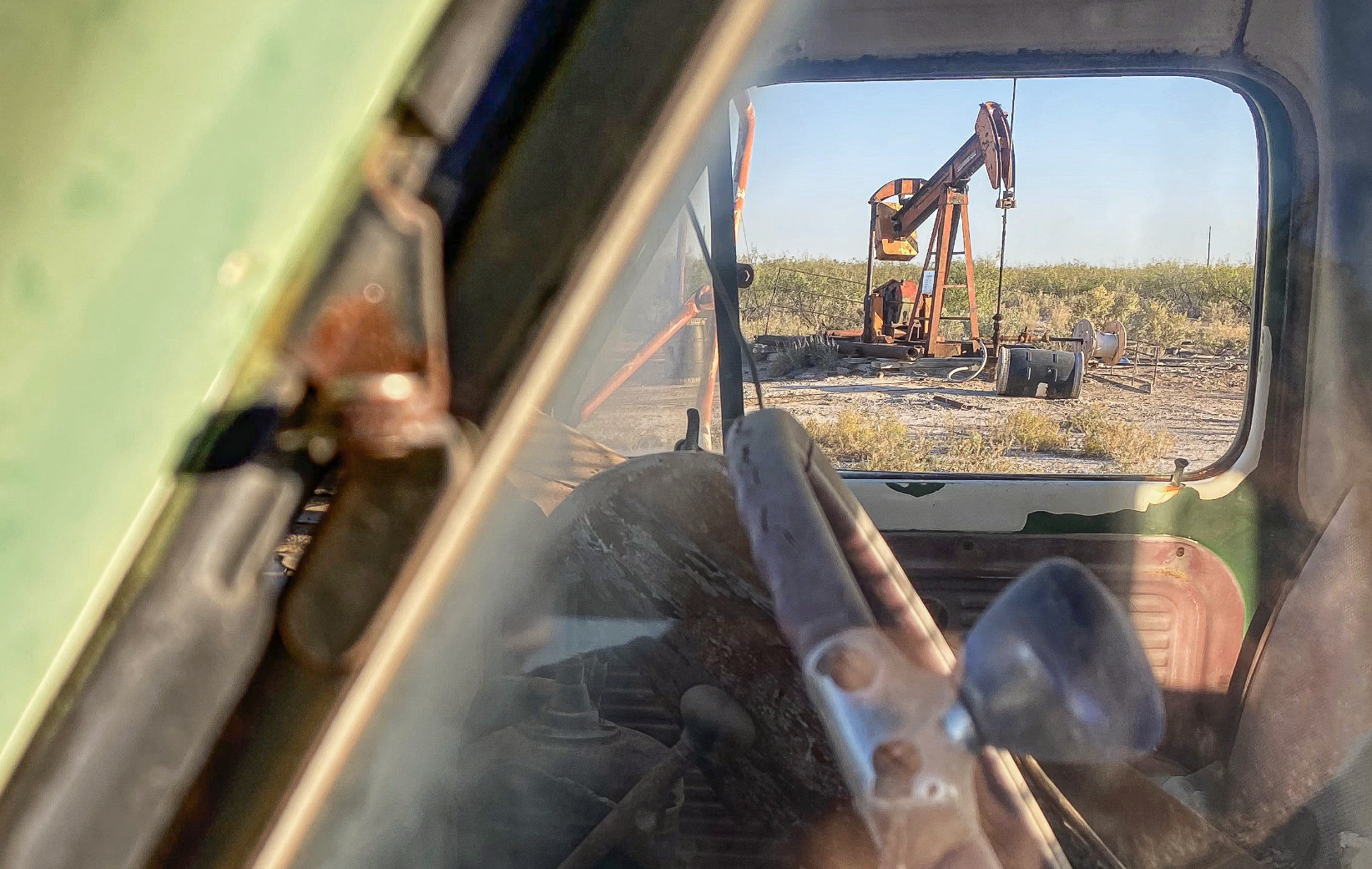
Waves of Abandonment
The Permian Basin is ground zero for a billion-dollar surge of zombie oil wells.
Last year, 124 people died in the custody of Texas jails—most had never been convicted of their alleged crime. Sophie Novack and Michael Barajas wanted to know why so many people were dying, and whether the actions of jailers may have contributed to the deaths. They dug into the issue, delivering a stunning expose on the state’s piss-poor track record of protecting its incarcerated. To report the story, Sophie and Michael reviewed mountains of investigative reports from the Texas Rangers, the detective arm of state police. The reporters found that Texas jailers frequently fail to respond to medical emergencies, ignore red flags, dismiss outcries for help, and ultimately allow deaths inside their walls, yet rarely face consequences. This story has all the earmarks of a classic Observer investigation: A voice has been given to people who have been faced with profound loss and trauma; the expert use of data led to a number of devastating findings; and Texas officials have been told how to fix the problem, should they ever decide to start repairing a system that appears to be utterly broken. –Christopher Collins
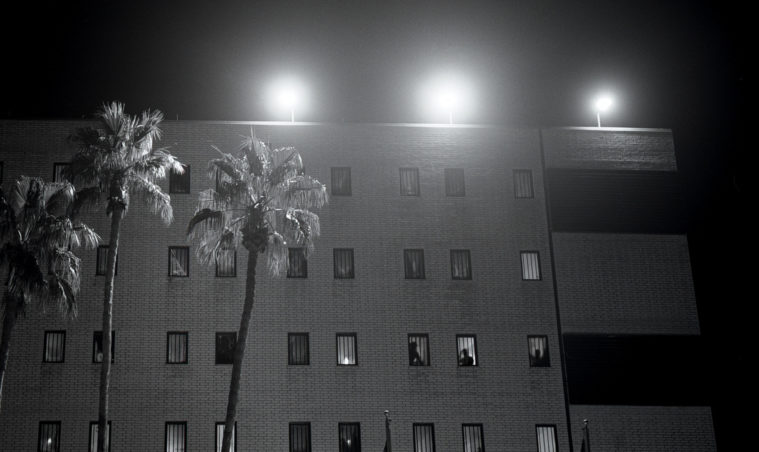
Locked Up and Left to Die
In Texas, dying in jail is “par for the course.”
A cabal of politically-connected Mexican entrepreneurs have cooked up a scheme to steal millions of dollars and invest it in Texas real estate. Federal agents are hot on their trail. Then everything just…stops. In Jason Buch’s piece, we watch how a wicked web was spun to take cash from Mexican citizens, launder it in a South Texas bank, and spend it lavishly just across the border. The stakes are high and the deals are blockbusters; the whole scenario seems to play out like a late-night cop show, except everything here actually happened. There’s plenty of drama and suspense to be had—Will the grifters face punishment for their alleged crimes? —making this story one of our most arresting of 2021. –Christopher Collins
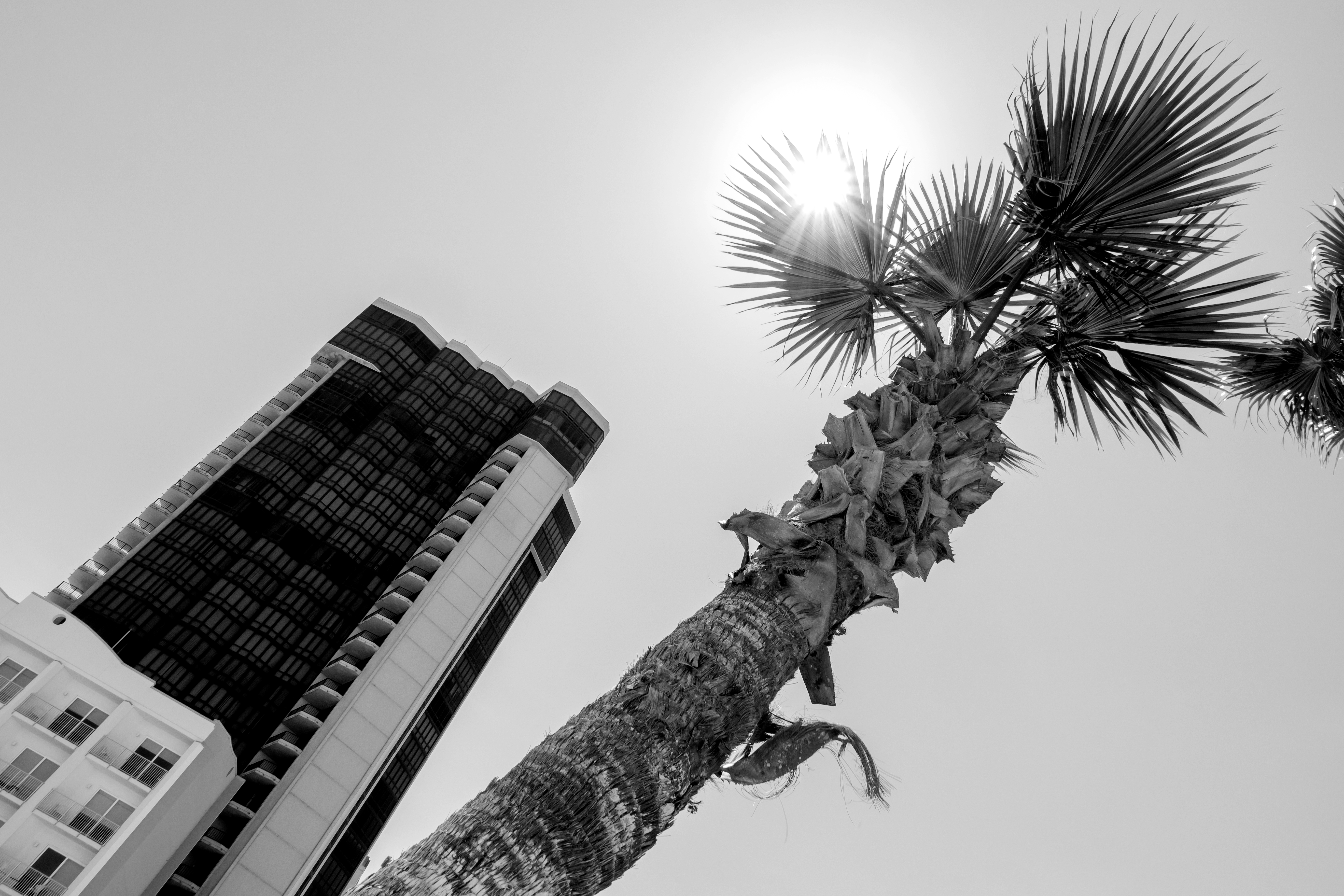
Follow the Money
Over the span of four years, federal investigators estimated millions of dollars stolen from Mexican taxpayers passed through one South Texas bank. When they followed the trail, it led to real estate, cars, and airplanes. But in 2018, those investigations suddenly stopped.
Few reporters in recent memory have documented the plight of Austin’s homeless population as thoroughly as Gus Bova. It’s a disheartening saga, one full of twists and turns, that Gus has been covering for years. This feature gives us an intimate view into life inside Governor Greg Abbott’s sanctioned homeless camp in Southeast Austin. Gus pairs his knowledge with a keen eye for detail, painting a vivid portrait of the encampment and the people living there. One of my favorite descriptions in the piece: “Campaign signs from the 2020 elections now serve as fence panels and pseudo-insulation.” In addition, remarkable photographs by Matthew Busch give readers an even closer look into the lives of people trying to survive life in the makeshift camp. –Christopher Collins
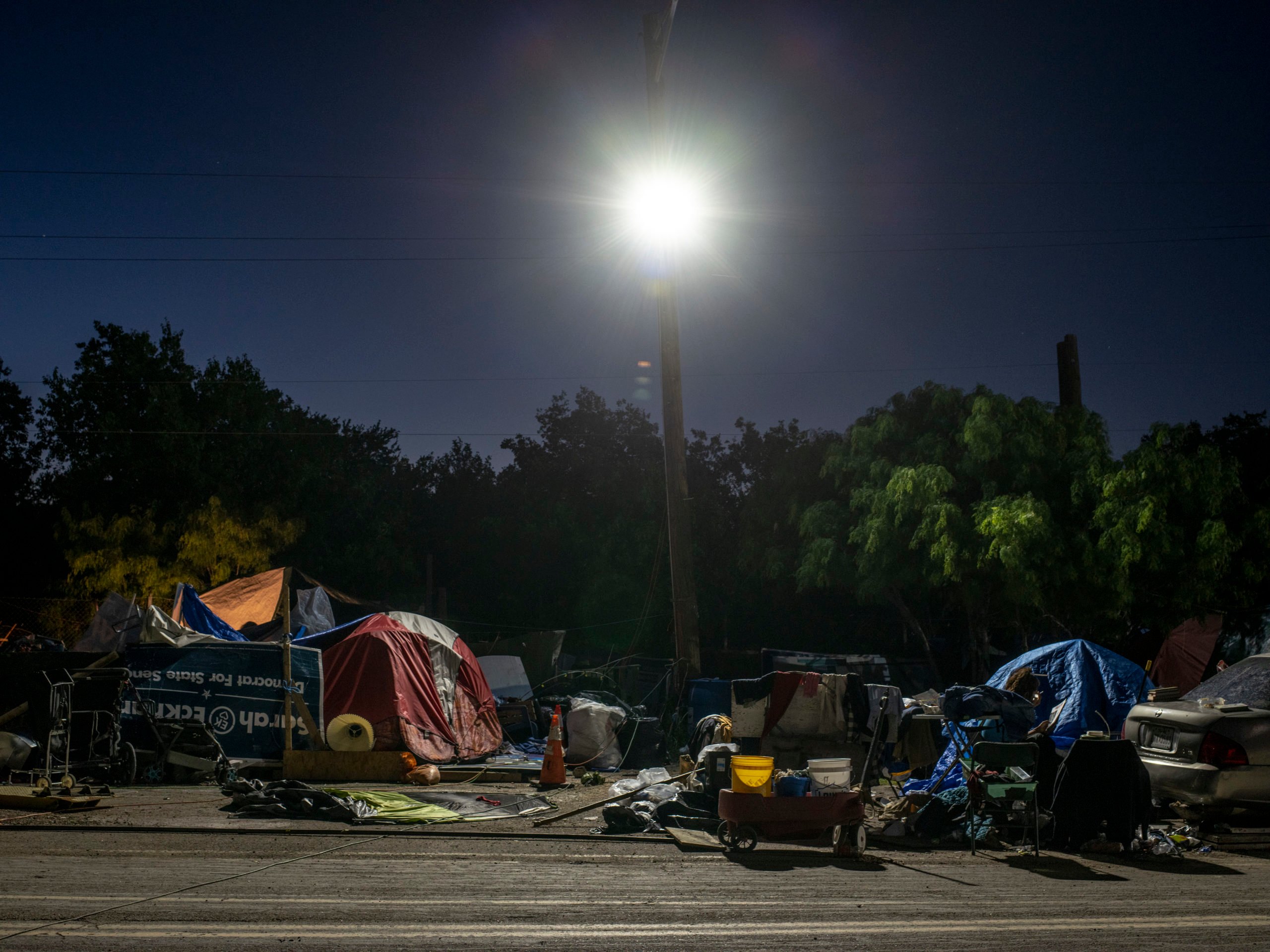
Life and Death in a Texas Homeless Camp
As the unhoused population grows, cities like Austin turn to legalized camps, where community and calamity collide.
This is a stunning and chilling investigation from Lise Olsen. Over a span of a few years, nine residents of the same Dallas senior living complex were found dead and seemingly robbed. But surviving relatives say police did little to investigate. It wasn’t until a couple years after the deaths started that a man now described as one of Texas’ most prolific serial killers was charged with 18 homicides—including several people who lived in the complex, whose family members spoke with Lise for this story. Through public records and interviews, she documents how investigators ignored or overlooked signs of foul play while dismissing the deaths as natural. The stakes of the mistakes are high; as the son of one woman who died in 2017 told Lise, “How many other people’s mothers could have been spared?” The story reveals this is part of a larger national “cold case crisis” of more than 250,000 unsolved murder cases—a backlog that increases every year, allowing an estimated 2,000 serial killers across the U.S. to remain free. —Sophie Novack
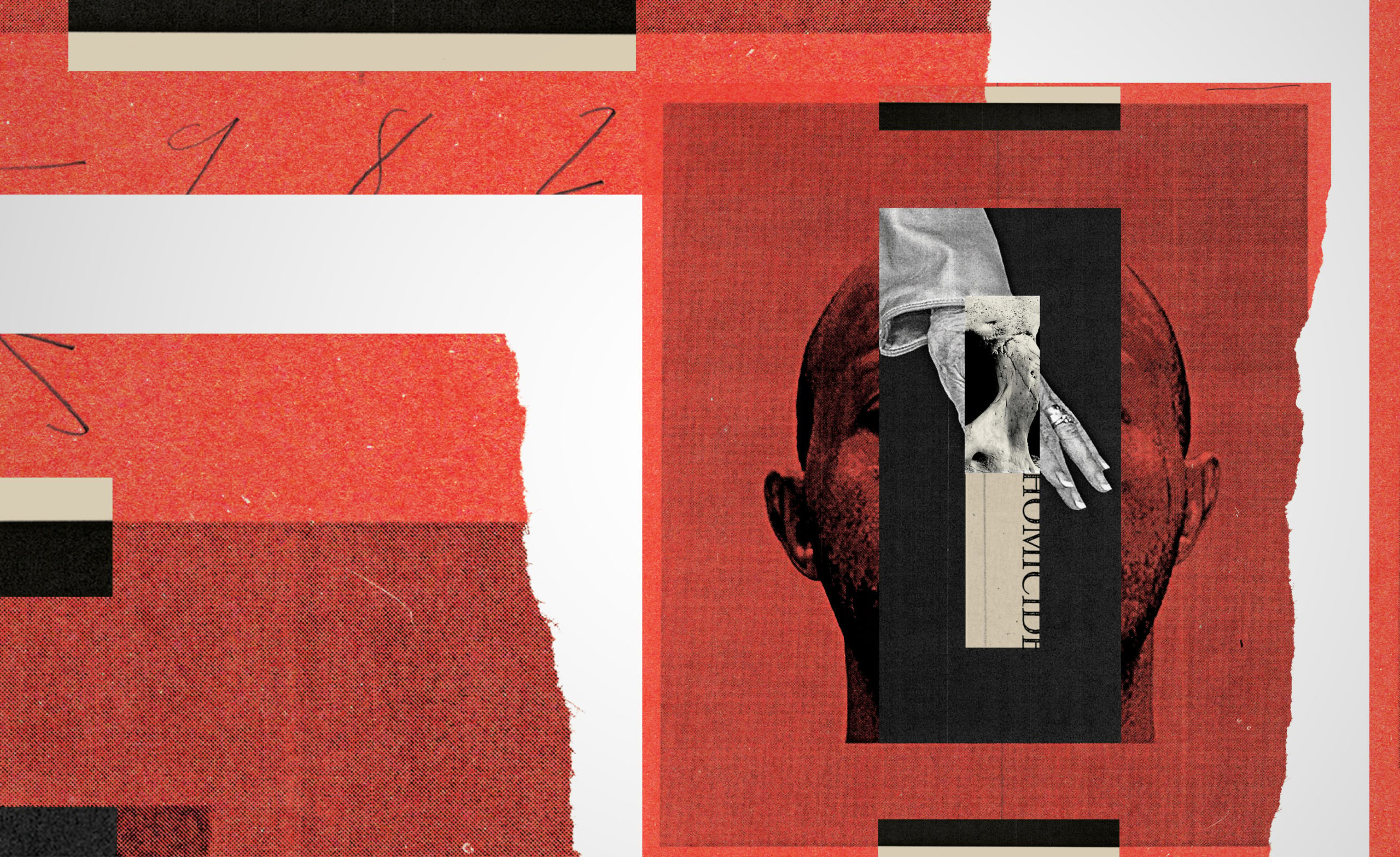
Undetected
Homicide cases are going unsolved in Texas, leaving serial killers to murder again.
On September 15, 2001, just days after the 9/11 terror attacks, a new tragedy was unfolding in South Texas. An errant barge destroyed a causeway in Port Isabel; eight people were killed as their vehicles careened off the road and into the ocean. More would have died if not for a group of men in a fishing boat, who managed to save three lives. The fishermen have never told what really happened that night—but now they’re putting their story on record for the first time. Danielle Lopez tells the awful story beautifully. I’ll warn you: On first read, I had to take a few breaks to gather myself. What happened in Port Isabel that night was truly gut-wrenching, but this is a story that needs to be told—and heard. —Christopher Collins

Troubled Water
Four days after 9/11, a towing barge crashed into the Queen Isabella Causeway, killing eight people. Twenty years later, the fishermen who saved three lives are telling what really happened that night.
As a New York City native who started driving not all that long ago, I’d never given too much thought to highways. But The Road Home demands that readers really consider and critically question the massive, hulking infrastructure on which we in Texas and across the country begrudgingly spend so much time. As the pandemic forces reconsiderations about so many basic elements of how we live our lives, I really appreciate the way Megan Kimble challenges such a fundamental, vast, and seemingly permanent thing. Her story interrogates proposed highway expansion plans, weaves in historical context to show how the roads have displaced communities of color, cites the dramatic climate implications (including the stunning stat that emissions on Texas roads account for 0.48 percent of total worldwide carbon dioxide emissions), and offers examples of real-life alternatives to argue that it doesn’t have to be this way. What if, Megan asks, instead of spending billions of dollars to expand highways, we tore them down instead? She’s now at work on a book on the subject. –Sophie Novack
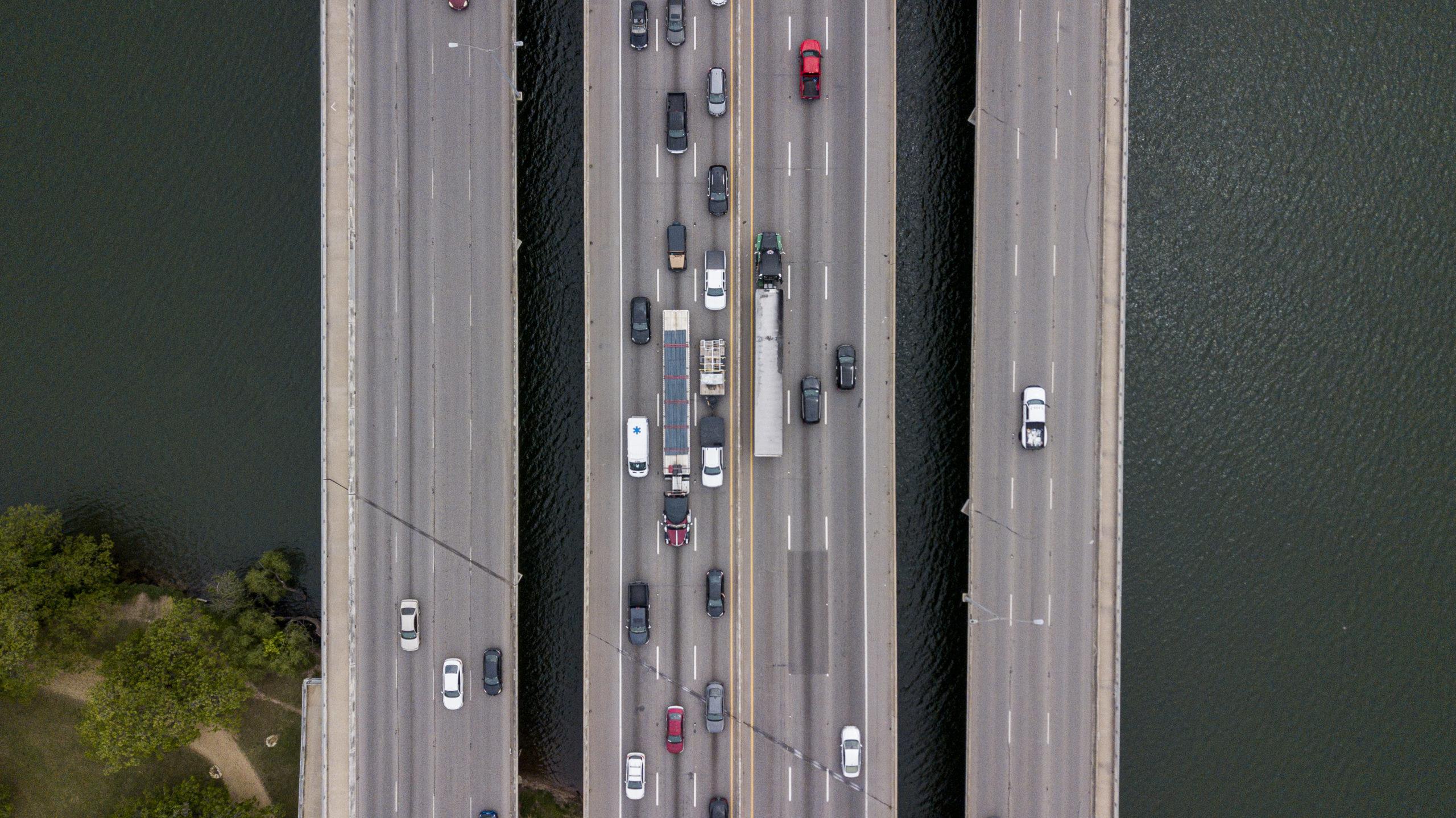
The Road Home
The Texas Department of Transportation intends to spend $25 billion widening highways to fix traffic in Texas cities. What if we tore them down instead?
Pauly Denetclaw writes the opening scene of this story with such vivid and harrowing detail that one can clearly imagine stepping through the adoptive home where 16-year-old Grace lived and died on the morning officers arrived to investigate last year. Grace was recognized by the Cheyenne and Arapaho Tribes as a descendant but under the tribes’ legal codes did not qualify as a full member, and was not considered an “Indian child” under the Indian Child Welfare Act–a fact that determined in part where she was placed in foster care, and ultimately potentially contributed to her death. Grace’s story, and her birth family’s fight to learn what happened to her, is the heartbreaking backbone of this feature. Pauly deftly weaves together interviews with Grace’s birth mother and grandmother, court filings, police reports, and historical and policy context to show how federal protections have failed Grace and other Native children–who make up less than 1 percent of all kids in the U.S. but comprise more than 2 percent of those placed in foster care. –Sophie Novack
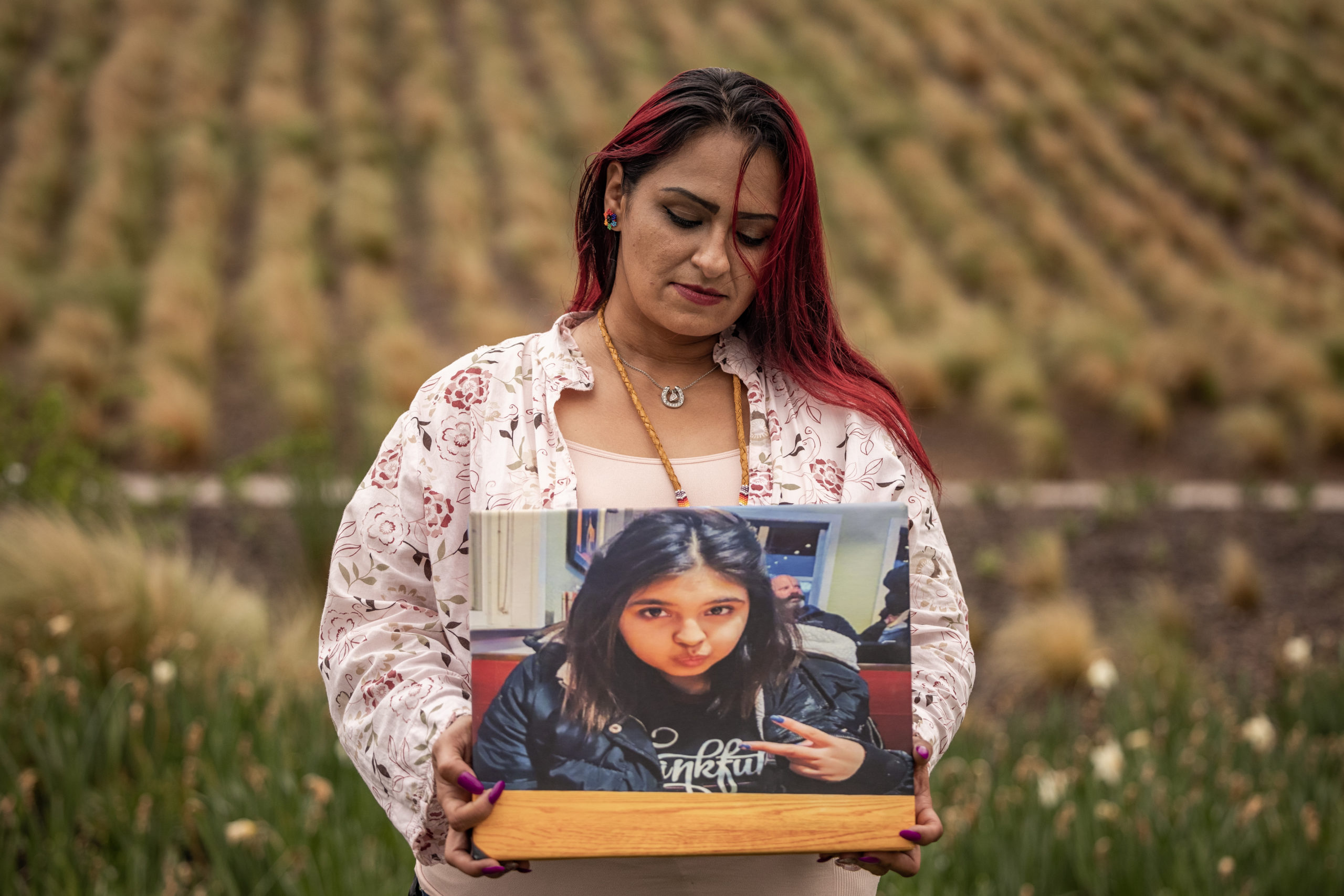
Bloodlines
Emily Grace Spydell died in adoptive care. Her biological family says the Indian Child Welfare Act could have saved her—but her tribe’s legal code prevented it.
I’ve been thinking a lot lately about Obed Manuel’s beautiful and wrenching essay on his dad’s battle with COVID-19. It’s been more than a year now since he was hospitalized in Dallas. As the U.S. passes the once inconceivable landmark of 800,000 COVID-19 deaths, Omicron spreads rapidly, and our health systems are dangerously overwhelmed, I’m thinking about families like Obed’s, watching as so many Americans continue to discount the pandemic and defy public health precautions. Editing Obed’s essay–a moving tribute to family and reflection on the way his mom’s cooking brought comfort as his dad was intubated–brought me to tears on every read. Sometimes, the scope of loss and collective trauma wrought by the pandemic can be difficult to comprehend. This piece is a reminder: an intimate look at it’s cascading impact on one family, in one moment. It’s a rare piece of writing that is at once deeply personal, yet resonates with so many–far too many. –Sophie Novack

On the Coronavirus, Loss, and My Mom’s Tacos
My mom’s cooking offered comfort as my dad battled COVID-19.
Part of what makes Amal Ahmed’s climate reporting so powerful is her ability, even in writing about the most dire predictions and circumstances, to find hope–to look for the helpers and amplify their voices. In August, Amal, along with staff photographer Ivan Flores, drove hundreds of miles along the Texas coast to report The Export Boom, a look at how communities at the frontlines of the country’s coming oil and gas export boom are fighting back. We hear from environmentalists, former energy industry workers, and longtime activists who every day face the public health risks, ecological harms, and climate consequences of having the export plants in their backyards. As one environmental activist in Freeport put it: “We feel like the sacrifice zone.” Some of these people have been in the fight against the industry’s massive expansion for years, even decades. But they haven’t given up. Amal’s reporting is urgent and scary; it’s also, somehow, inspiring. –Sophie Novack
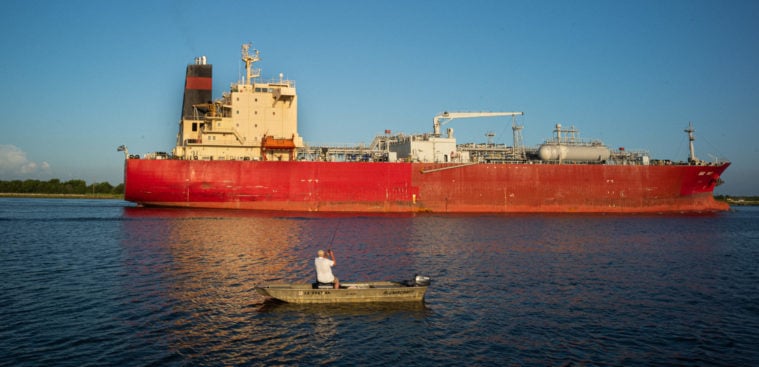
The Export Boom
The United States’ oil and gas export boom has been a decade in the making. All along the Texas coast, communities are fighting back against the industry’s expansion.
This may be the finest piece of journalism produced by the Observer this year (and that’s saying something, given the other incredible entries on this list). Led by Sophie Novack, reporters dispersed across the state to talk to residents about COVID-19 and how it was affecting their lives. The effort was comprehensive: We talked to a radiologist, a retired bookkeeper, a teacher, a nursing student, and others. Young and old people. Folks from the state’s urban metropolises, the suburbs, and rural Texas. We learned that, in ways big and small, the pandemic has altered—and continues to alter—the very fabric of Texans’ lives.
It should be telling that this story is spread across three parts. Instead of interviewing people once, we kept in touch over a year and a half; each iteration providing a new chapter of their journeys. We see people adapt, mourn, pull their families together through adversity. And we see how these people, who on paper might seem so dissimilar, actually have a lot in common. For me, at least, I found this reporting experience to be cathartic. I hope readers are also able to find some comfort and strength in these stories. —Christopher Collins
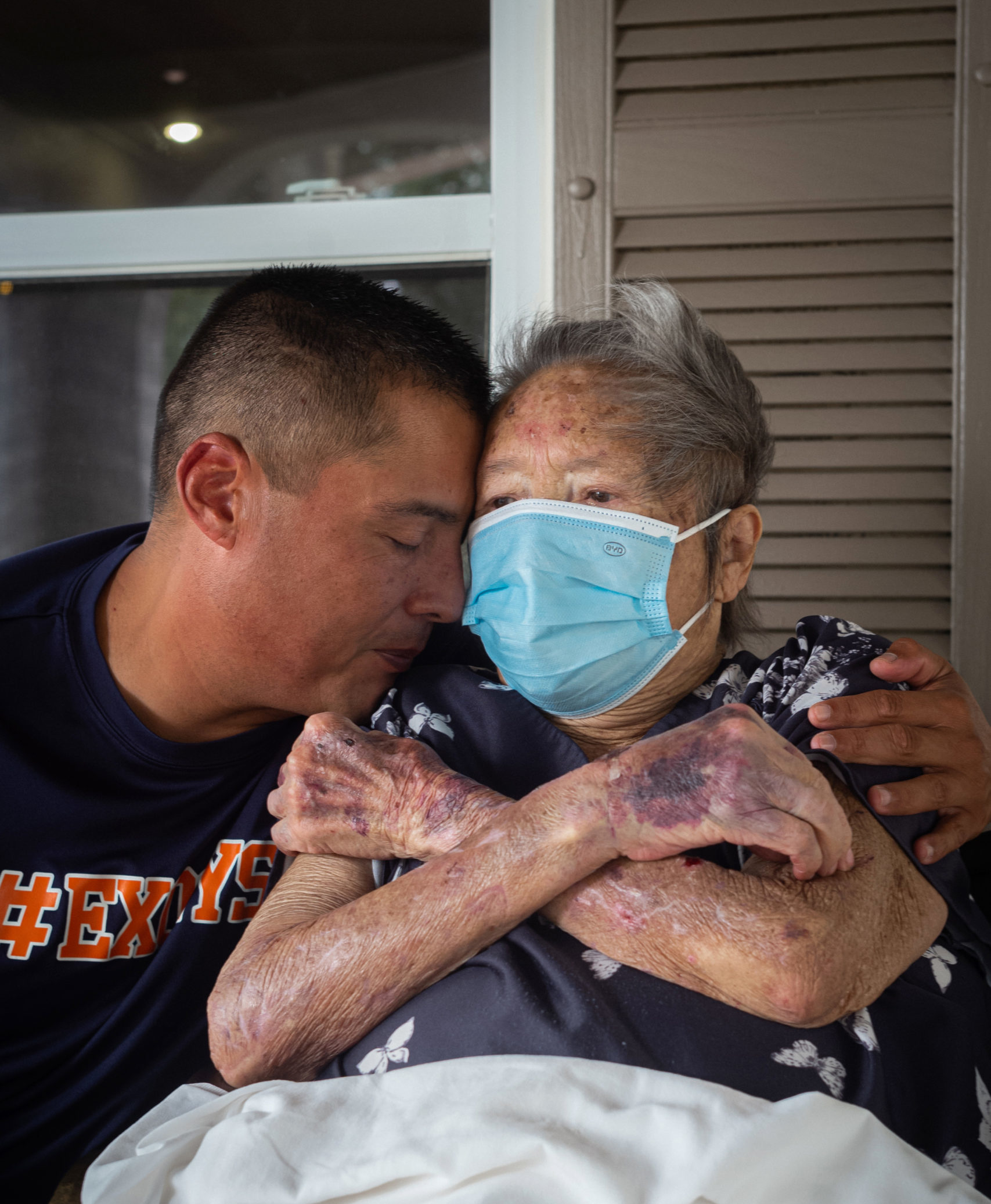
Portraits of the Pandemic
The third installment of our series following ordinary Texans through extraordinary times.
In many ways, Greg Abbott’s governorship of Texas has been a disaster. So it figures that the second-term politician would use the worst disaster of our lifetimes—the COVID-19 pandemic—as a means to enlarge his political footprint. This year, Abbott used the pandemic to claim seemingly unrivaled authority over the state, stripping local jurisdictions of the ability to mandate masks to limit the virus’s spread (and giving the same edict to businesses). In this story, Justin Miller expertly explains how Abbott came to wield such large influence in times of disaster. And more to the point: how Abbott, and those who come after him, may be able to use this power in perpetuity. —Christopher Collins
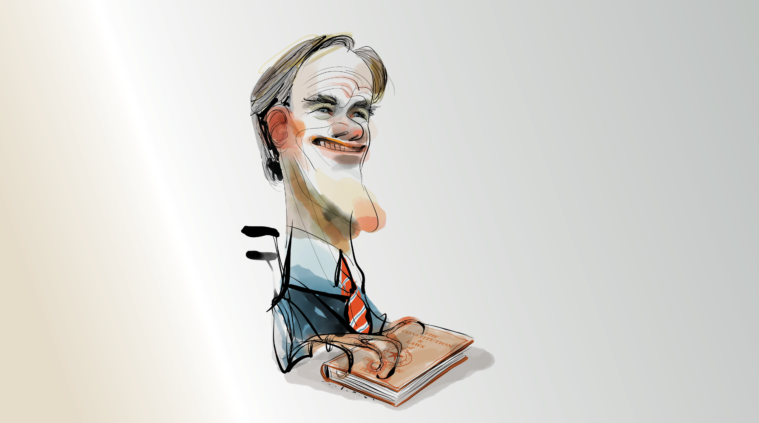
Unchecked and Unbalanced
COVID-19 has provided Governor Greg Abbott the chance to wield more power than anyone in Texas history. He’s not eager to give it back.
